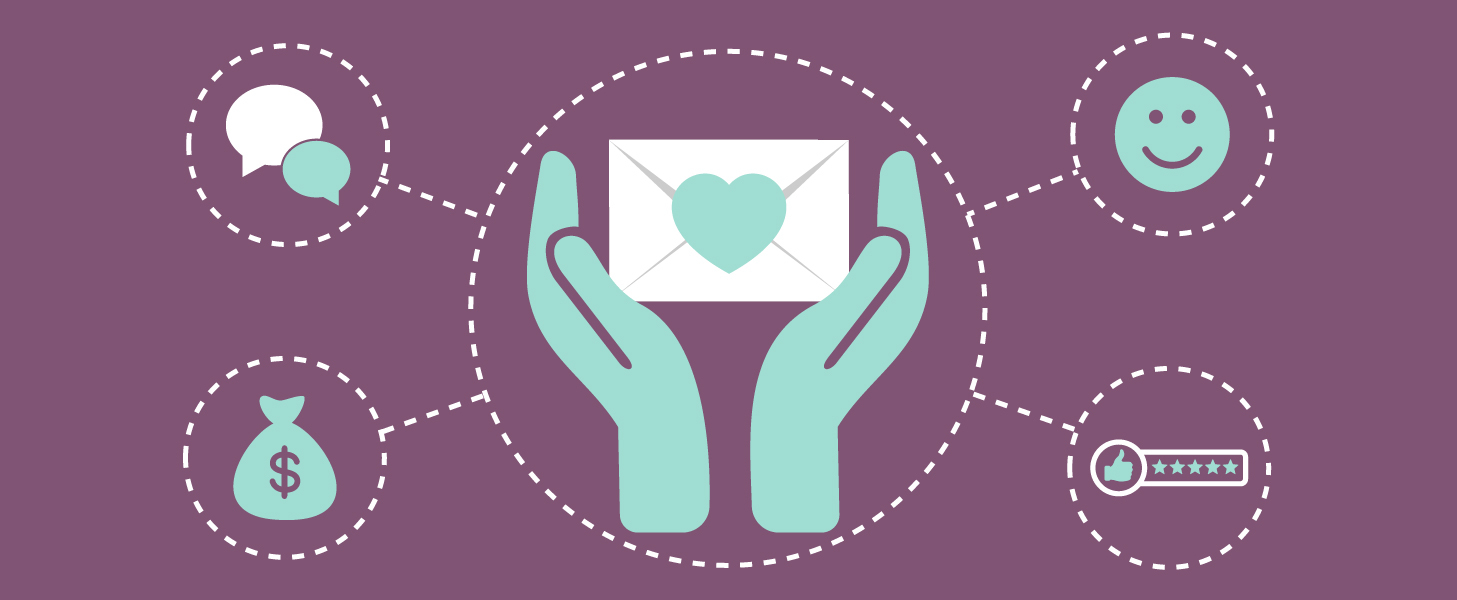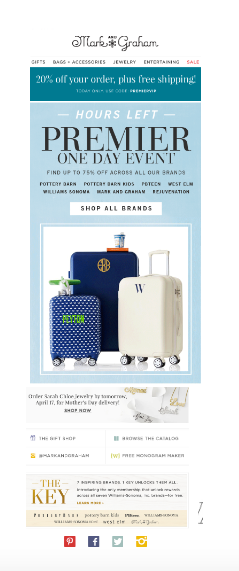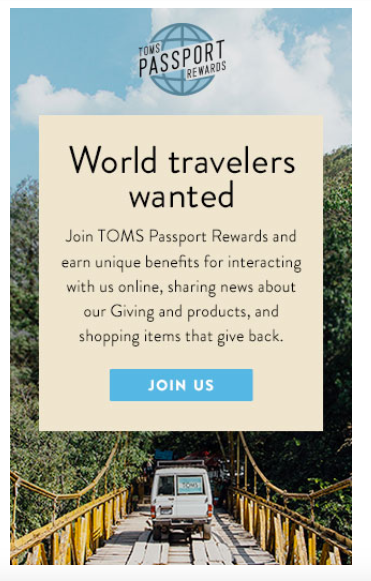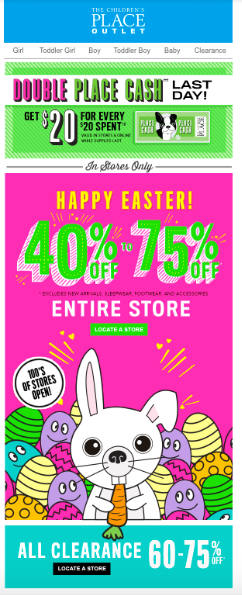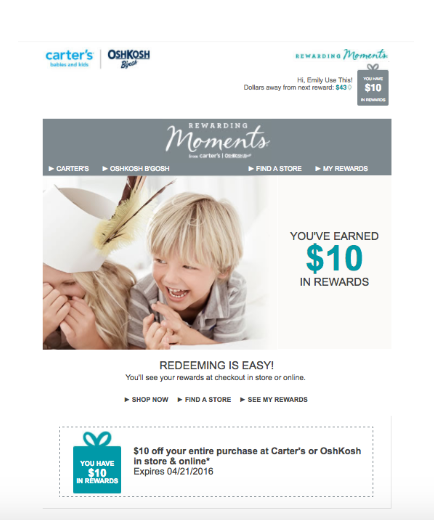You’re always looking for ways to make your customers stickier.
A loyalty and frequent purchaser program is an effective way to inspire the customer loyalty you want.
In fact, loyalty program enrollment has grown by 31 percent over the last four years and 81 percent of consumers agree loyalty programs make them more likely to continue doing business with a brand.
Not only are consumers willing to sign up for rewards programs, but many are actively seeking the benefits and perks of customer loyalty. If your company offers a program rewarding customers for their loyalty and frequent purchases, highlight not just the program, but the benefits of the loyalty and frequent purchaser program.
In other words, answer the question, “What’s in it for me?”
With more than half of consumers looking for rewards, most companies cannot afford not to have a program with customer loyalty benefits.
Loyalty and frequent purchaser program best practices tout offers typically sent to a targeted segment of customers or members who are generally very engaged with the brand and frequently make purchases.
Therefore, the fact that loyalty emails perform well shouldn’t be surprising. Consumers are looking for their rewards via email. In fact, 42 percent of loyalty program members favor loyalty program alerts, such as expiring rewards via email.
Need some inspiration? Let’s take a look at some loyalty and frequent purchaser program best practices.
the key loyalty program
The Key is a rewards program for the seven brands under the Williams-Sonoma umbrella. Subscribers are encouraged to enroll in the program and get three percent back in rewards on all their purchases at any of the brands.
I’ve seen this program advertised in different ways across their brands, but the messaging is always consistent and on brand. For example, Pottery Barn’s approach uses a crisp, clean secondary banner showcasing The Key program. This simple approach is successful at stating what’s in it for the person and why they should enroll (get three percent back in rewards on each purchase, of course).
Mark & Graham is also part of the Williams-Sonoma family and therefore participates in The Key program. The branding is consistent with Pottery Barn. And this consistency is a major pro for recognition across the family of brands. In this instance, Mark & Graham uses a bigger secondary banner to call out its loyalty program, but the look/branding is the same.
In this next example, Toms invites its subscribers to join its Passport Rewards program via a dedicated email send. In this message, the brand clearly tells subscribers what’s in it for them. It also uses a prominent call-to-action button so subscribers know exactly what action Toms wants them to take.
Not only does this work as a standalone message, but it’s also a great message to repurpose into part of a welcome series and other lifecycle campaigns.
This World Market example features a banner inviting subscribers to receive rewards sent to their mobile devices. Having rewards sent to a phone keeps it top of mind, making it easy for subscribers to keep up with the status of their rewards account and put their rewards to use.
More than half of shoppers say a loyalty program that earns them rewards will make them stay with a brand longer. Armed with that knowledge, every brand should implement a rewards program that makes sense for their business and customers.
frequent purchaser program best practices
Frequent purchaser programs can go a long way in retaining customers. Taking care of customers you already have is more profitable in the long run and loyal customers shop your brand more frequently and spend more than new customers.
Free shipping is a brilliant way to encourage frequent purchases within a given timeframe. This Wayfair message explains with every purchase that your 30 days of free shipping starts again. With 9 out of 10 consumers saying free shipping is his or her #1 incentive to shop online more, this message hits the mark.
The Children’s Place offers a different kind of incentive to encourage repeat purchasers. In this example, the brand offers double cash to its subscribers as a way to get them to purchase again. The prominent placement of the call-out means the subscriber can’t overlook this offer and the last day verbiage helps instill a sense of urgency.
The next example is from Carter’s. It’s an example of a campaign that can easily be automated to send to the subscriber at the appropriate time in his or her lifecycle. In this instance, it’s after a certain number of purchases have earned the subscriber money to spend in the store.
Reminding subscribers of an expiration date instills a sense of urgency to get them to repurchase before the rewards dollars run out. It motivates subscribers to keep purchasing — more and more quickly — in order to get to the level where they can spend their “free” money.
conclusion: don’t put a loyalty and frequent purchaser program on the backburner
With so many people signed up for or looking to join customer loyalty programs, companies that offer these programs should promote them loudly and clearly in each email send.
Subscribers will take advantage of loyalty programs, but are more likely to if they’re reminded about them frequently — this can be a small callout as to the amount of points earned, a secondary banner touting the benefits, or a dedicated email send.
If you need help setting up a loyalty or frequent purchaser program, our team of experts has years of experience setting these up for our clients across many industries. There’s no doubt we can help you, too! Just reach out.

